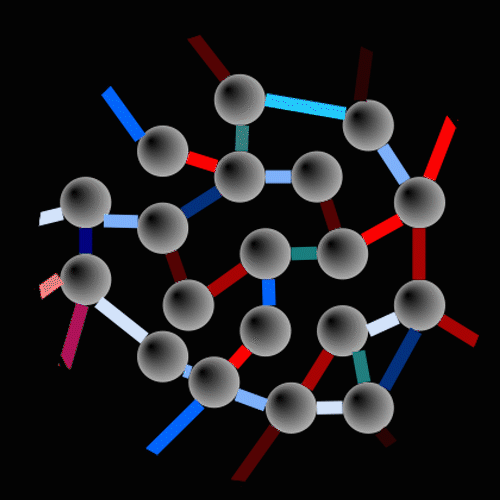Learning constrains further learning, neuroscientists find

Why is it that a master musician can learn a new score in no time, yet encounter difficulty learning something else, like skateboarding tricks? Could there be any truth to the myth that you use only 10 percent of your brain? A recent neuroscience study at KTH Royal Institute of Technology offers some answers about the limits of new learning and how the brain adapts to developing new skills and knowledge.
While there is no question that 100 percent of the brain is used, in recent years, experimental observations suggest that brain activity has only about 10 degrees of freedom. This means the neurons are wired in such a fashion that only a selected set of patterns is possible. This set is called the "intrinsic manifold" of the circuit that allows the brain to generate certain base patterns of neural activity.
"So in a sense, the brain's activity is constrained to these base patterns within the manifold," says Arvind Kumar, research neuroscientist at KTH. "The brain is not able to generate all possible activity patterns that it ideally could."
Kumar and Ph.D. student Emil Wärnberg constructed spiking neural networks to measure specifically which changes in brain activity were needed for a monkey to learn a new task.
In computer-brain interface experiments performed at the University of Pittsburgh in 2014, researchers there found that if an animal was compelled to learn a new task that required activity patterns that were not part of the intrinsic manifold, the animal either failed to learn the task or took a long time, Wärnberg says. At KTH, Kumar and Wärnberg now mathematically show that it is easy to reorganize the base patterns of neural activity to form new patterns within the intrinsic manifold, but learning a new base pattern requires "a massive—if not complete—rewiring of the networks in the brain."
"Experimental findings suggested that the patterns in the intrinsic manifold are made up of a weighted combination of base patterns, much in same way color displays give the impression of true colors by weighting the primary colors red, blue and green," Wärnberg says. It is easy to adjust the existing color channels, but extremely difficult to add a new color channel because it would require fresh mixing of the primary colors.
Similarly, creating patterns that lie outside the original manifold requires a thorough rewiring of the neurons—something animals find difficult, if not impossible, to do.
The research offers an explanation of how such manifolds of neural activity contribute to the computations the brain makes. In the process of learning a set of tasks the brain acquires connectivity to perform the task efficiently, but this new connectivity constrains the neural activity and precludes learning of a different set of tasks, Kumar says. "In effect, learning constrains learning.
"It explains why once you have learned how to drive on the left side of road, like in India or the U.K., you find it difficult to drive in Europe or the U.S., where they drive on the right," he says.
Kumar says the conclusions offer new insights into learning and could pave the way toward better brain-computer interfaces, which are used to connect brains directly to digital hardware.
More information: Emil Wärnberg et al. Perturbing low dimensional activity manifolds in spiking neuronal networks, PLOS Computational Biology (2019). DOI: 10.1371/journal.pcbi.1007074
Journal information: PLoS Computational Biology
Provided by KTH Royal Institute of Technology





















